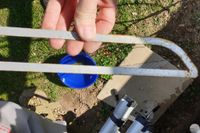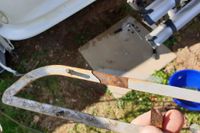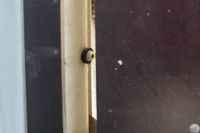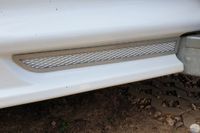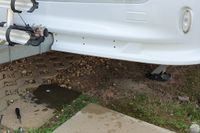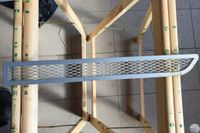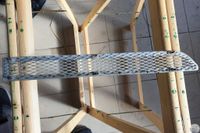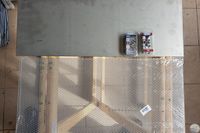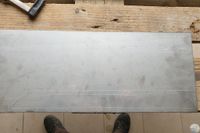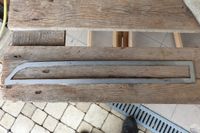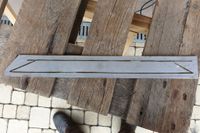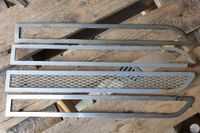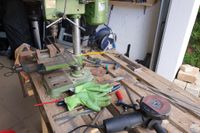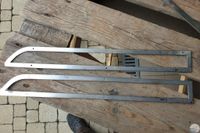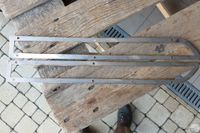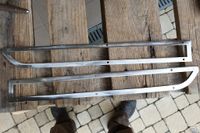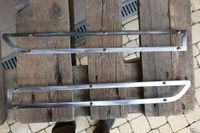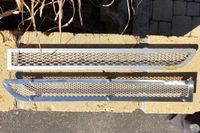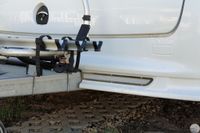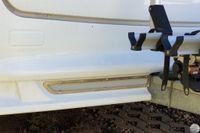Front apron metal mesh
Our caravan was built in 2016. This model is characterized by its design, especially on the front apron, with enhanced metal nets in the lower area.
We use our trailer all year round and also drive on gritted roads in winter. While driving, all sorts of road debris, sand and small stones are thrown up by the towing vehicle and hit the front apron of the caravan. No problem so far, but the metal nets are made of painted steel. The paint is damaged by the turbulence. Moisture penetrating under the paint then causes corrosion. The salt on winter roads speeds up the process even further.
We had significant corrosion on the metal nets after two years of operation. We ordered spare parts and exchanged them. We suspected that the problem would not be solved permanently because the spare parts were also painted simple steel.
Only a year later we were proven right and thought of a better solution. Even though the corrosion was not as advanced as it had been after two years, it was obvious that for another year these components would look the same as the original equipment.
The problem is the dirt that hits you while driving and damages the paint. This problem cannot be prevented, so the problem with the component must be solved differently.
We decide to choose a different metal that is resistant to water and salts. This eliminates the need for painting. To us, stainless steel of the highest quality makes sense, as it makes a very elegant impression, especially in a brushed or finely ground look. It also does not discolor over time and does not require any special care. We choose the net itself to have a slightly finer mesh than the original. We will also use visible stainless steel screw heads on the frame to further emphasize the design.
First we stretch the old frames onto the 2mm thick stainless steel sheet so that we can transfer the outlines onto the sheet with a scriber. We then use the cutting cutter to carefully cut the two new components out of the sheet metal using a rough outline.
We then work cleanly with a file and don't forget to deburr when working on sheet metal.
We take the dimensions from the original components for the holes that we need for later installation on the front apron. In order not to deform the sheet metal too much, we pre-drill with 3mm before expanding to 5mm. For stainless steel, don’t forget the cutting paste.
Now deburr again and then use the small sanding plate on the machine with 100 grit sandpaper to give the visible surfaces a clean and even sanding pattern.
Finally, the metal grille is cut to size and later clamped to the front apron using the screw connection.
We have had these new, high-quality metal grilles on the vehicle for four years. They still look like they did on the first day!




